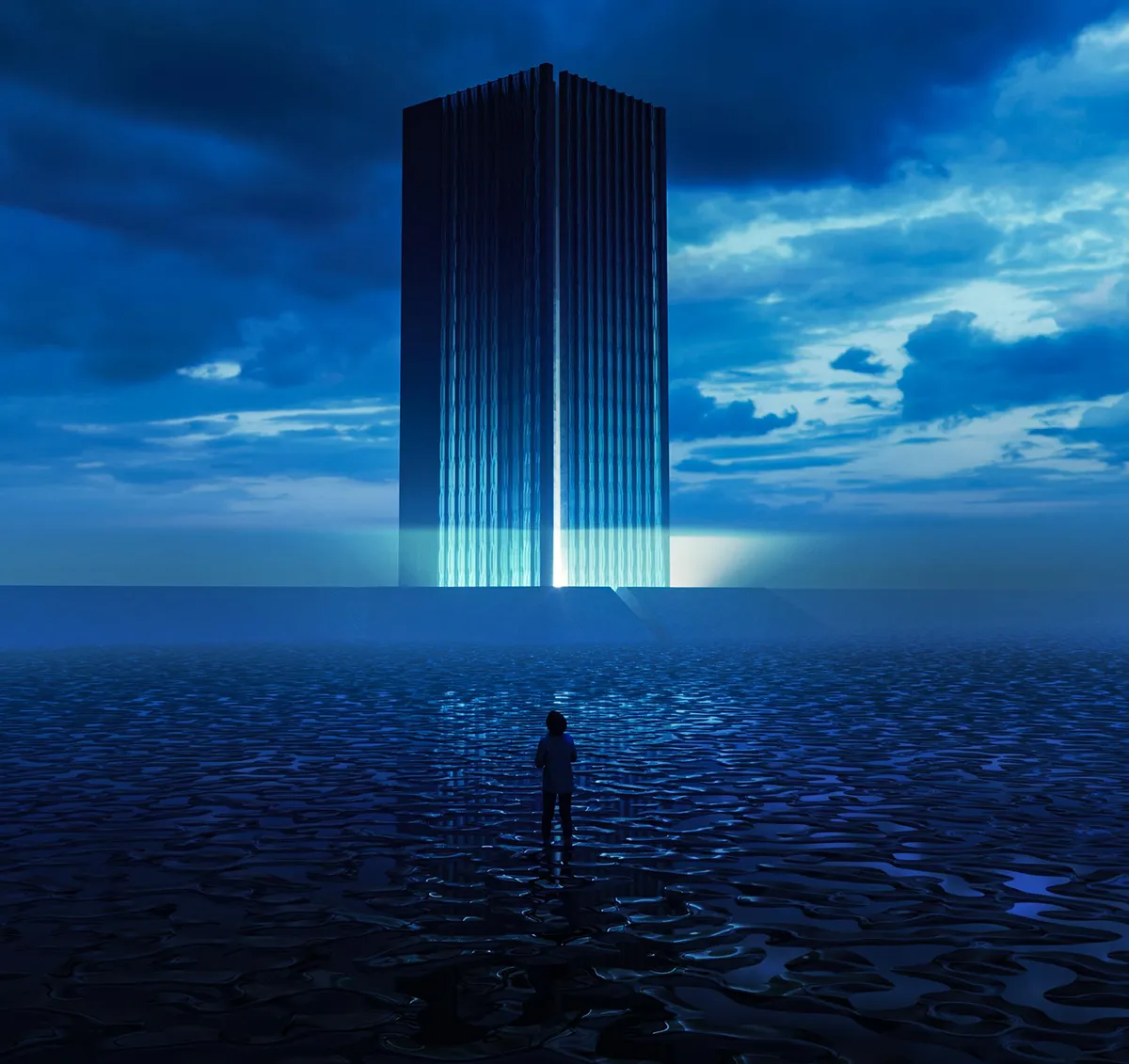Key Considerations for 3D Rendering

In the dynamic realm of 3D rendering, attention to detail at every stage is crucial. Whether you're a novice just starting out or a seasoned professional, understanding these key elements can significantly enhance the quality and efficiency of your 3D projects.
Model Optimization
Precision Control: Tailor the precision of your 3D models to the specific requirements of your project. Over - modeling can strain your computer's resources. For instance, when creating a distant building, there's no need to meticulously model every window and door.
Topology Perfection: A well - designed topological structure is essential. It not only boosts rendering efficiency but also ensures high - quality output. Avoid issues like broken or overlapping faces. When creating a character model, proper wiring is key to maintaining smoothness during animation and rendering.
Coordinate System Consistency: Ensure that all models share the same correct coordinate system. This prevents misalignments and position errors during the rendering process.
Mastering Materials
Attribute Accuracy: Accurately define material attributes such as diffuse, specular, reflection, and refraction. Different materials exhibit distinct characteristics. Metals, for example, typically have a high reflectivity, while plastics have relatively lower values.
Texture Mapping: Employ texture mapping to add depth and authenticity to your models. Pay attention to the resolution and quality of textures, and ensure they fit the model seamlessly. A high - resolution wood grain texture can make a wooden table look incredibly realistic.
Material Library Management: Build your own material library. This not only streamlines the process but also enables easy reuse across various projects.
Lighting Design
Light Type Selection: Choose the right light types based on the desired atmosphere and scene requirements. Directional lights are great for simulating sunlight, while point lights can mimic the glow of a light bulb.
Intensity and Color Tuning: Adjust the intensity and color of lights to create the perfect ambiance. Too much or too little light can disrupt the scene's balance and realism. The color of light also plays a crucial role; warm yellow light can create a cozy atmosphere.
Shadow Refinement: Set up shadow types and parameters correctly. Different shadow types, like hard or soft shadows, suit different scenarios. Also, pay attention to shadow resolution to avoid jagged or blurry edges.
Camera Setup
Parameter Calibration: Set camera parameters like focal length, aperture, and shutter speed accurately. Different focal lengths can produce various perspectives and depth - of - field effects. A telephoto lens, for example, can compress the depth of field and emphasize the subject.
Angle and Position: Select optimal camera angles and positions to highlight the key elements of your scene. This helps avoid visual blind spots and results in aesthetically pleasing compositions. When shooting an interior scene, choose an angle that showcases the overall layout and unique features.
Animated Camera Movements: For animated renders, ensure the camera's movement is smooth and harmonious with the motion of objects in the scene.
Rendering Configuration
Renderer Selection: Pick a renderer that suits your project needs and personal preferences. Renderers like V - Ray are renowned for their high - quality output and extensive features, while Corona Renderer is favored for its fast rendering speed and user - friendliness.
Parameter Optimization: Strike a balance between rendering quality and time by adjusting parameters such as sampling values and anti - aliasing levels. Higher values can improve quality but may significantly increase rendering time.
Output Settings: Set the correct output format, resolution, and file path. Common output formats include PNG, JPEG, and TIFF, each with its own compression ratio and quality characteristics.
By keeping these considerations in mind, you can navigate the complex world of 3D rendering more effectively and produce stunning results.